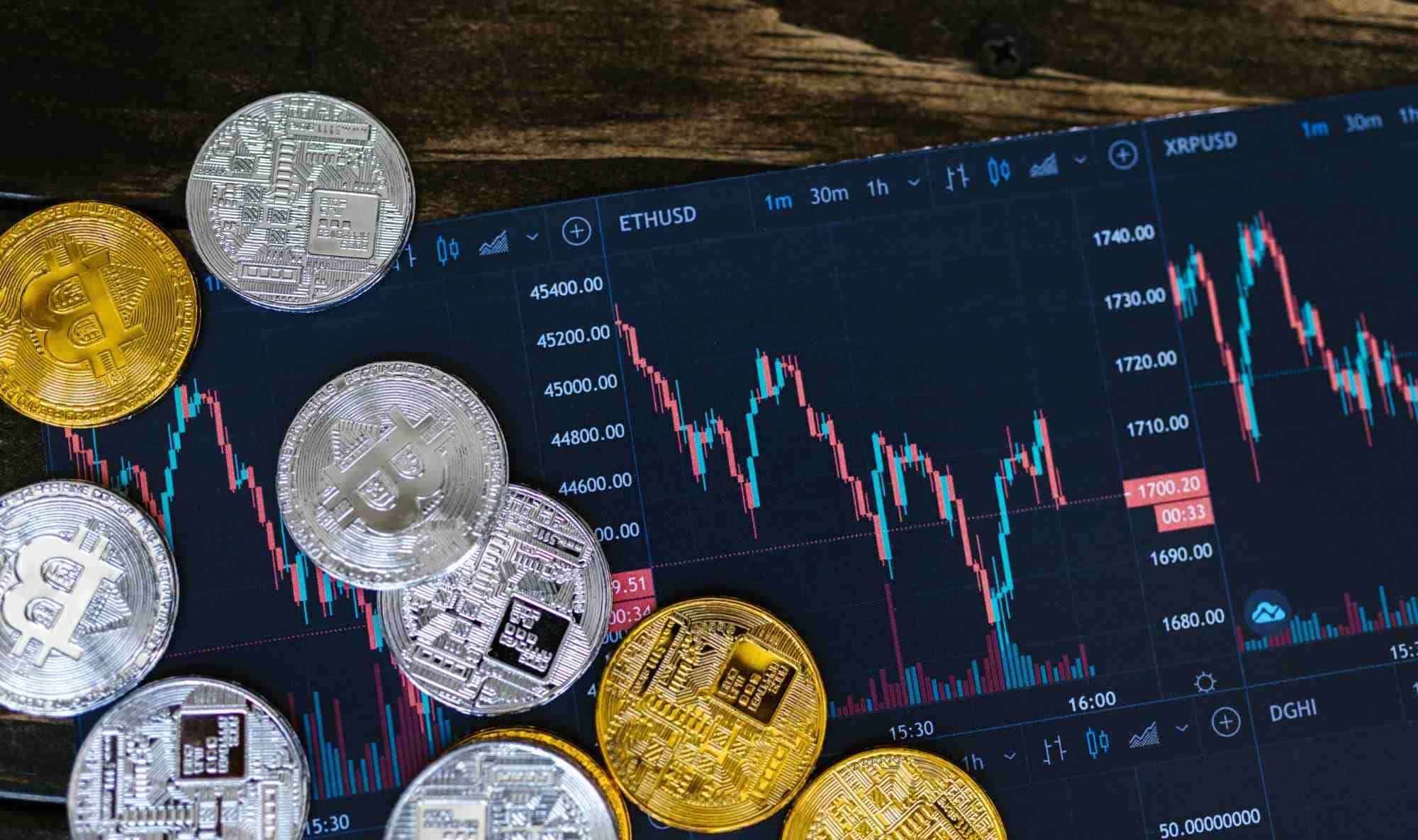The crypto fear and greed index has moved to the fear zone as a sea of red spread in the digital token industry. This price action happened when the prices of Bitcoin, Ethereum, BNB, Solana, and other cryptocurrencies crashed.
Crypto fear and greed index
The financial market is often influenced by fear and greed. In many cases, cryptocurrencies experience a surge when investors are driven by greed, as was evident earlier this year when the fear and greed index reached 90. During this time, Bitcoin and most altcoins soared to record highs.
Currently, the situation is quite the opposite, as most cryptocurrencies are experiencing a significant decline. The crypto fear and greed index has plummeted to 38, marking its lowest point since November last year.
This downturn results from Bitcoin’s drop below $56,000 for the first time in months. As previously mentioned, the double-top chart pattern suggests a risk that the coin could plummet to as low as $44,000 in the near term.
A crash in Bitcoin typically triggers a sell-off in other cryptocurrencies. Consequently, the total market cap of all cryptocurrencies has fallen to $2 trillion, down from the year-to-date high of over $2.7 trillion.
Other altcoins have also experienced sharp declines. Ethereum has fallen below $3,000, the BNB token is now priced below $470, Solana has dropped below $130, and XRP has plummeted to $0.40.

Why this crash is happening
The crypto fear and greed index has dropped for several reasons. First, the decline is happening at a time when there are indications that Joe Biden may step down. He is facing pressure from donors and other politicians. Overnight, the influential Disney family warned that it would not support Democrats if Biden did not step down.
This means that Democrats will have to choose another candidate with a better chance of defeating Donald Trump. Another Democrat in power means that Gary Gensler, who is not well-liked by the crypto community, will remain the SEC chair.
Second, the crypto fear and greed index dropped as the German government continued to move its coins to exchanges. Mt. Gox has also moved coins, indicating that the industry will experience an oversupply of coins in the coming weeks.
Third, there are indications that the Federal Reserve will not cut rates anytime soon, as inflation has remained steady this year.
All of these factors raise concerns that a new crypto winter has begun. Historically, such winter periods have lasted for a long time. The last crypto winter began in late 2021 and lasted until early 2023.













